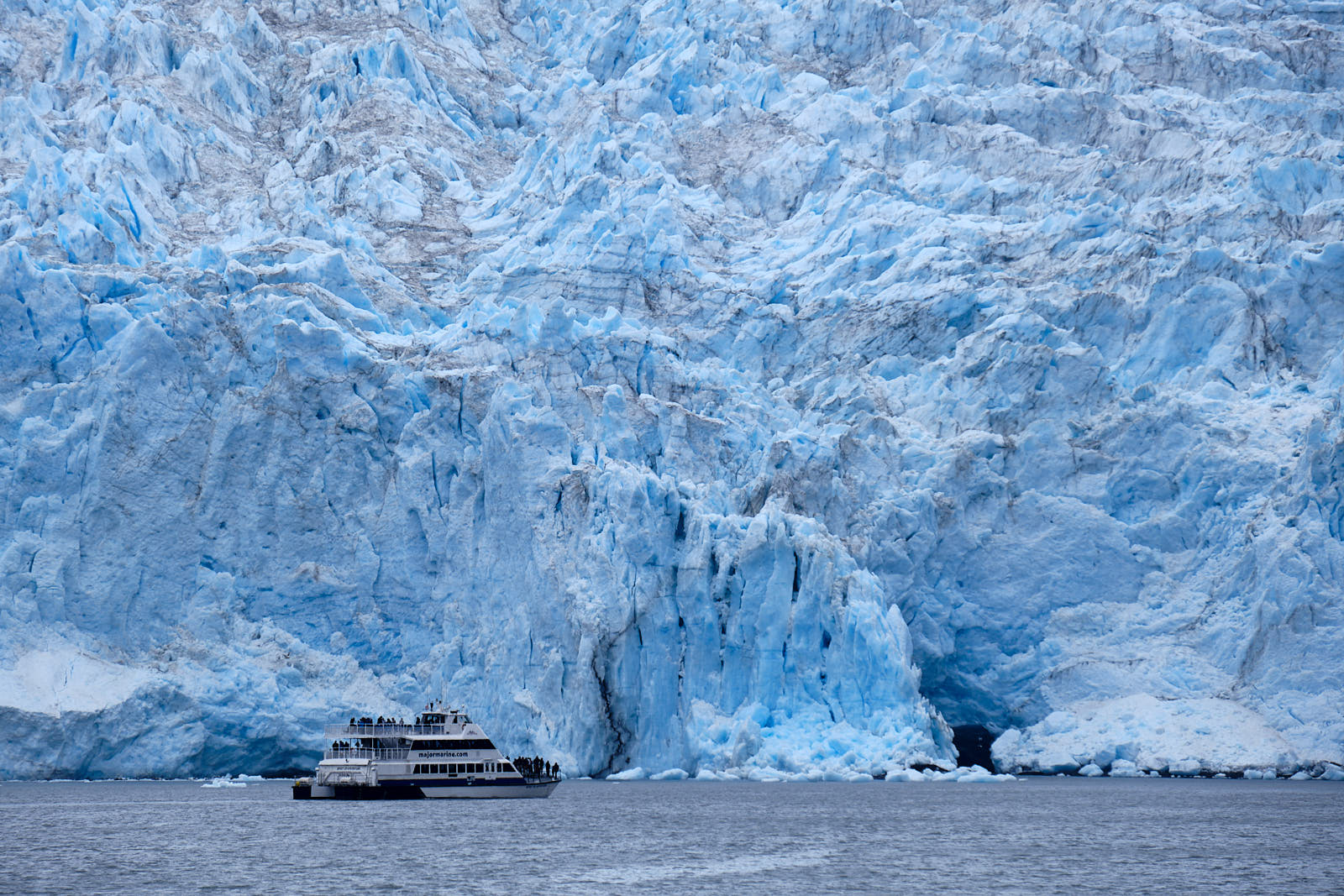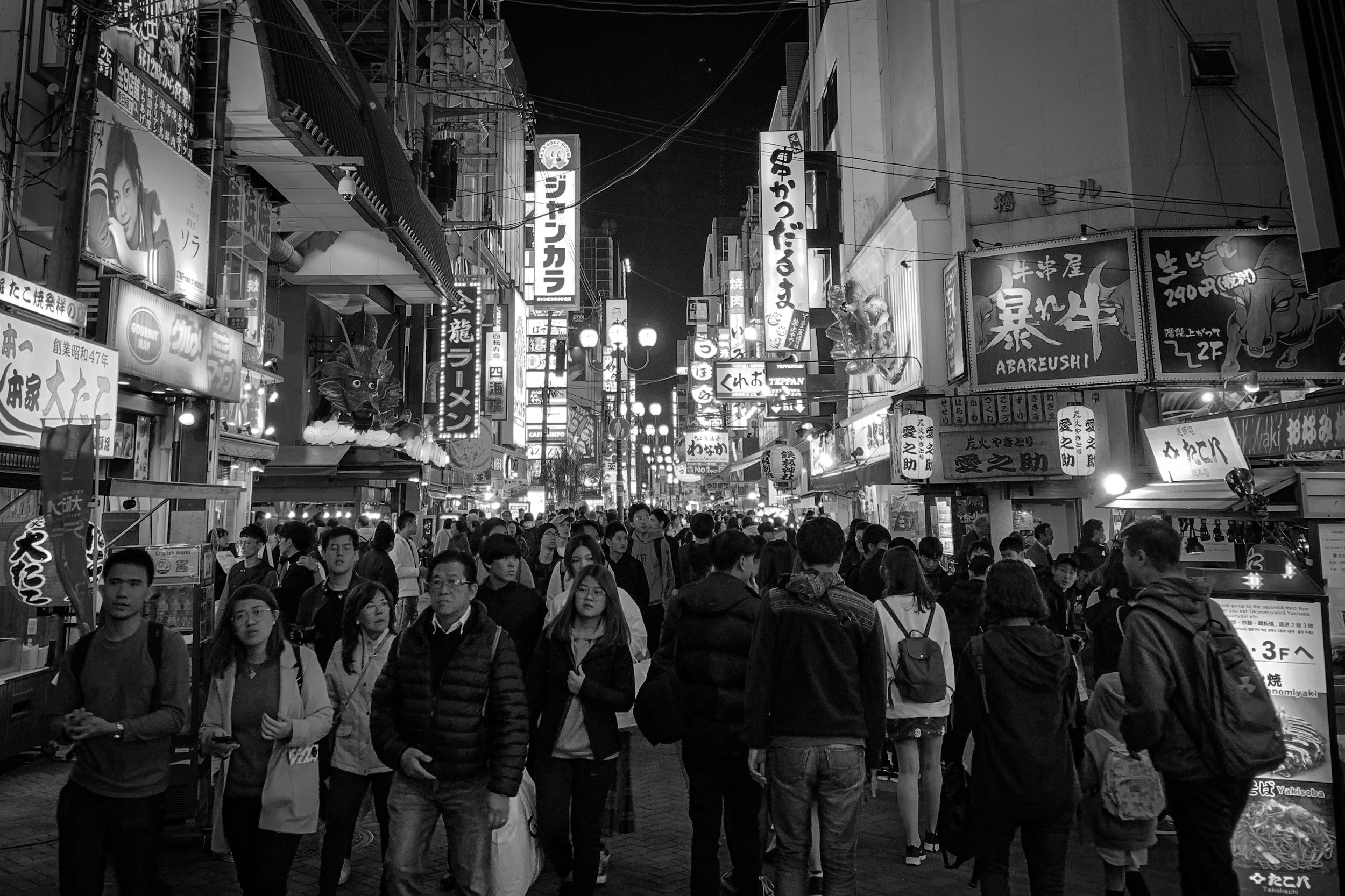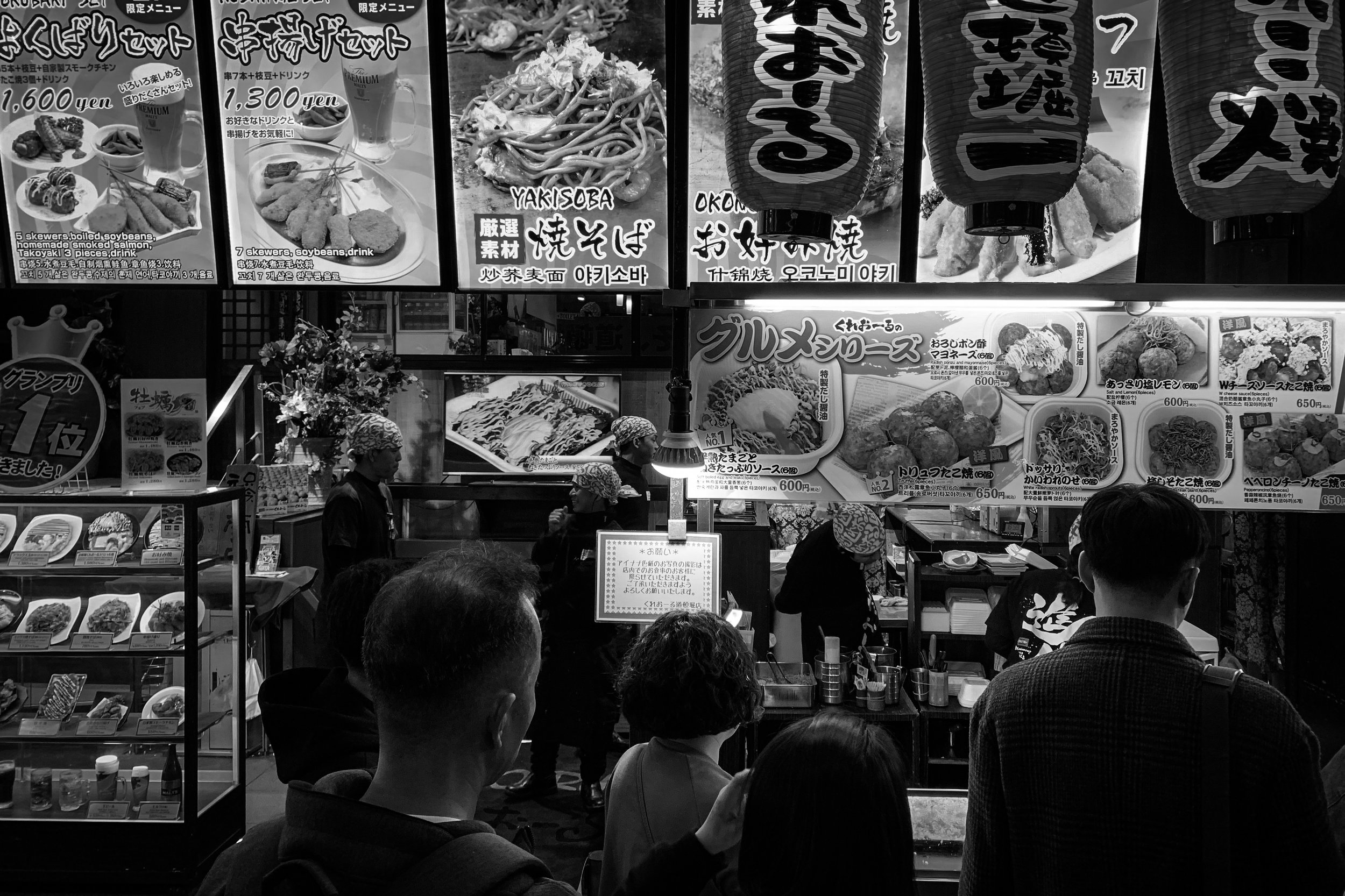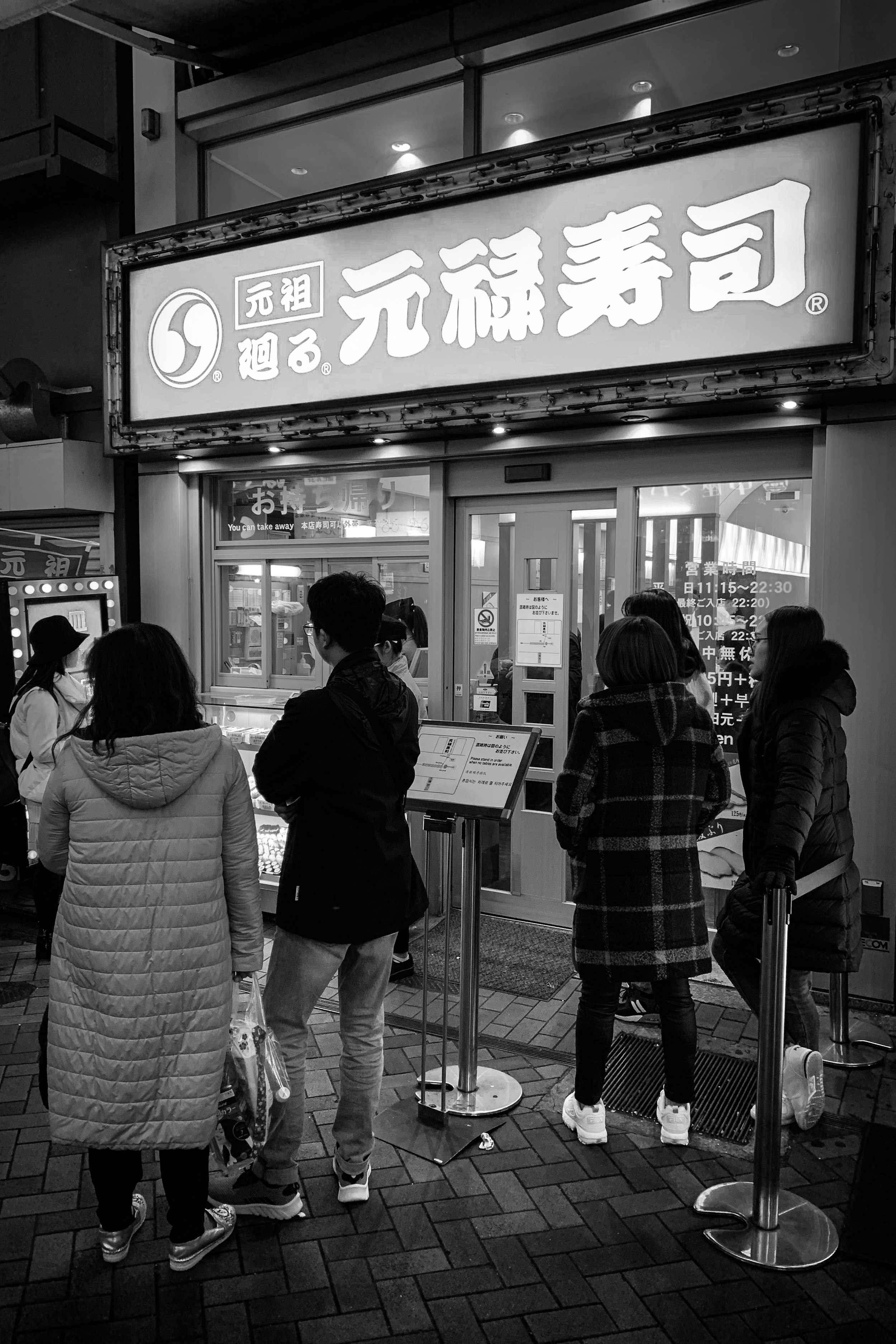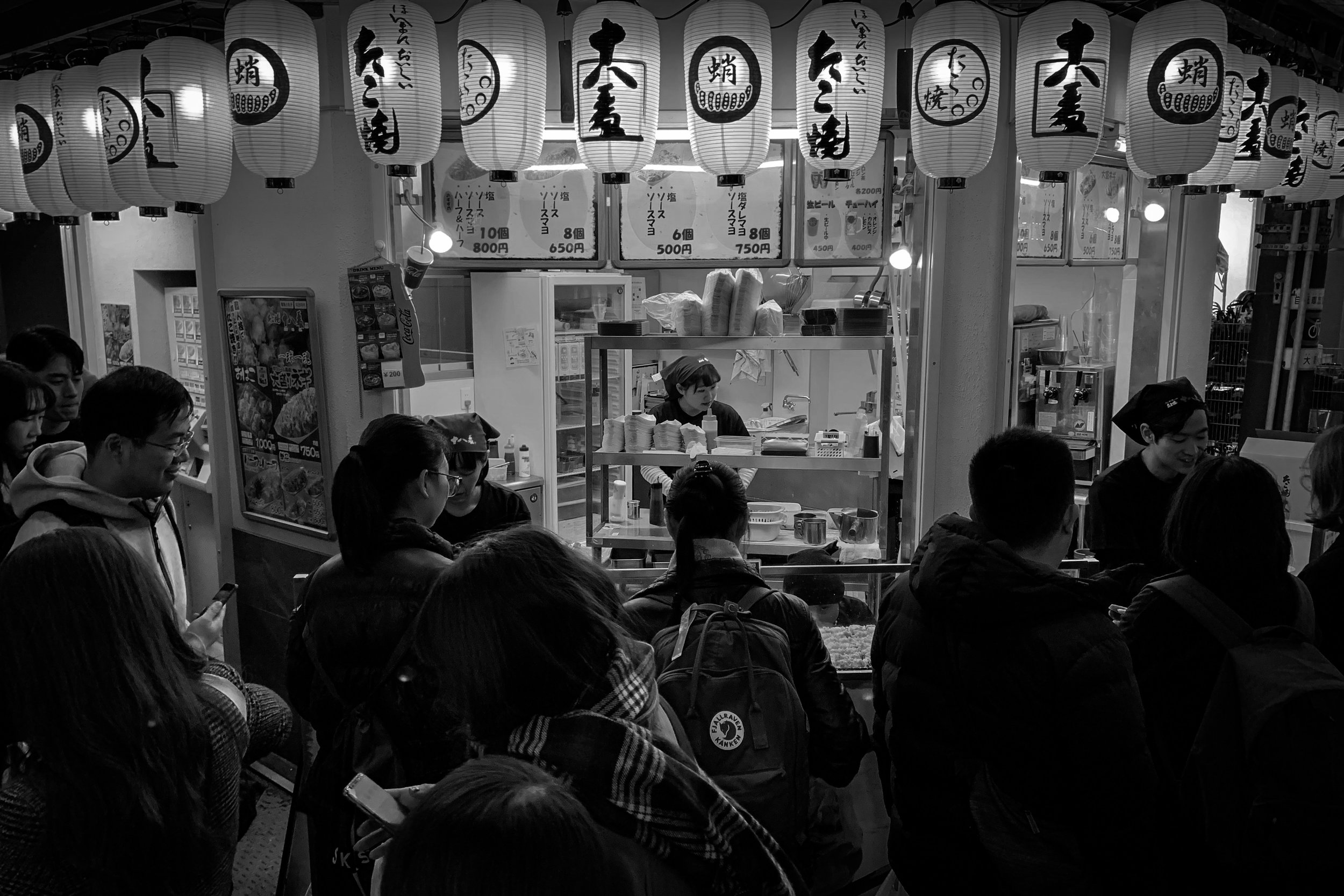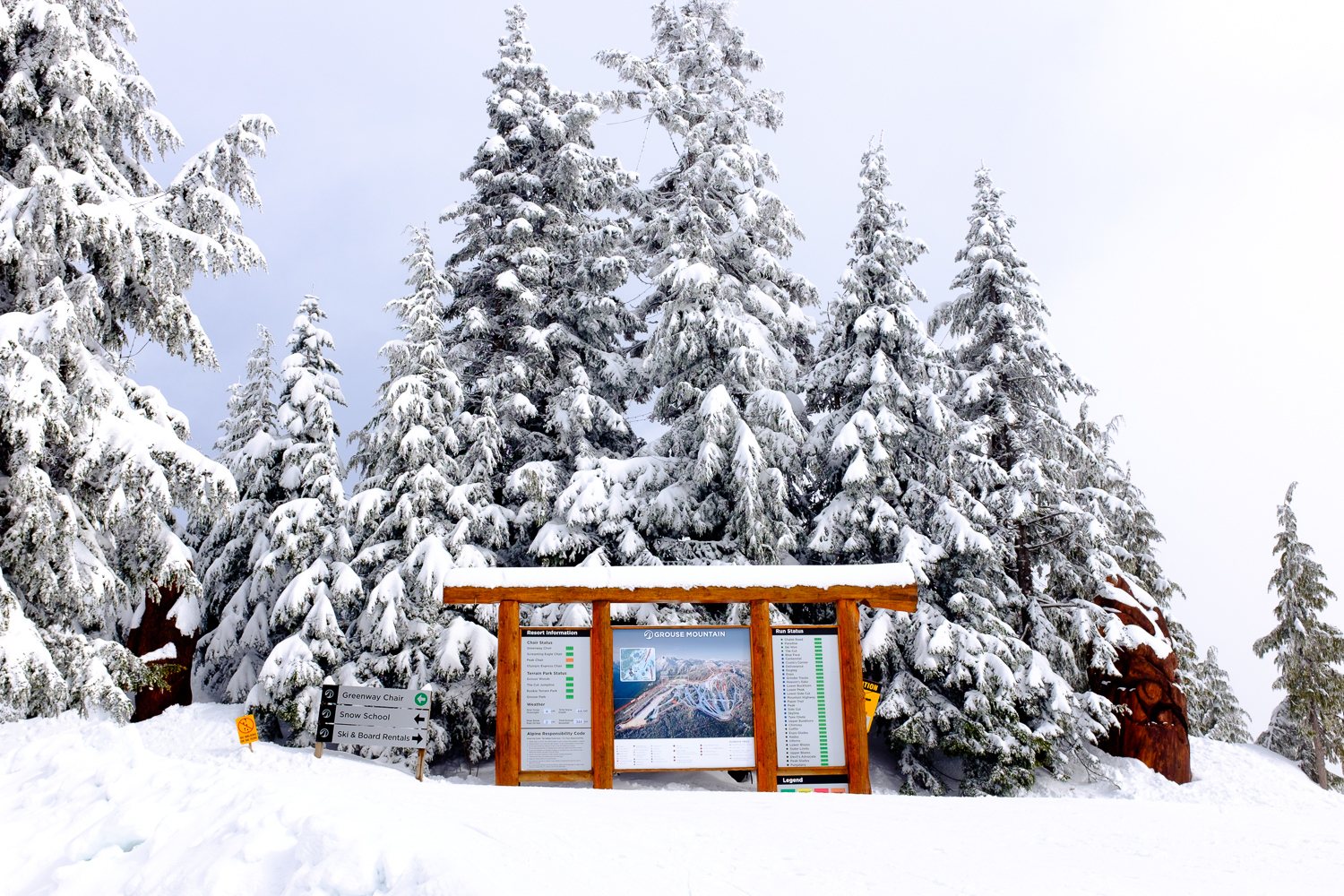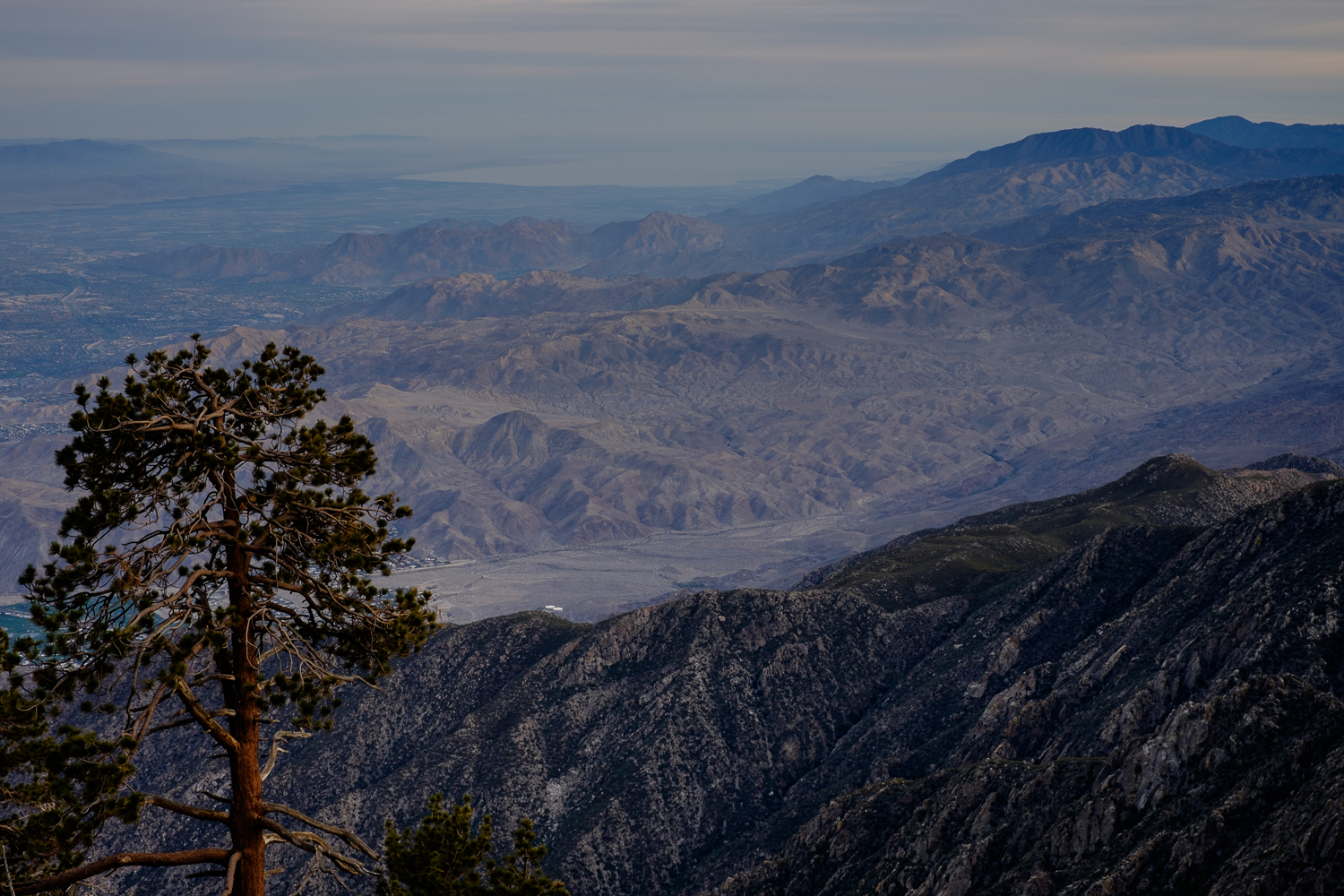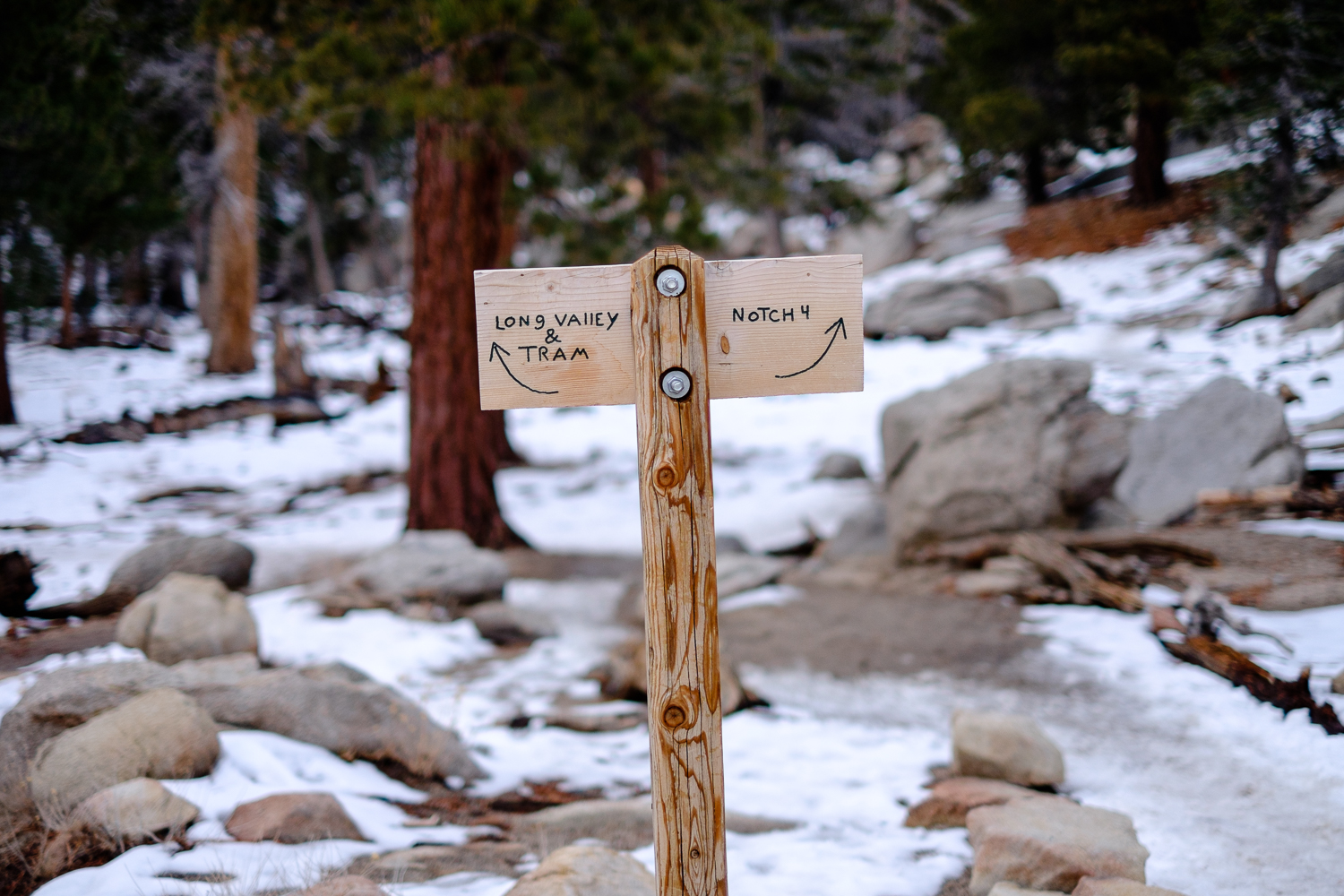The original Fujifilm X100 was the camera that made photography fun for me again. I really enjoyed using the hybrid viewfinder combined with the fixed lens. And the JPEG quality coupled with Fuji’s film simulations cut my editing time significantly. Eight years and three X100s later (X100/S/T), I still love shooting with the best large sensor compact camera you can buy. Having recently purchased an X100V, I thought I would share my first impressions (and images) of the latest addition to the X100 series of cameras.
The Good
The X100V has many improvements over my current X100T. In my week or so with the new camera, the ones I’ve appreciated most are the improved autofocus speed/accuracy and the longer battery life (I’m also glad Fuji moved to a larger battery). I’ve had issues with autofocus and battery life with my previous X100s, so it’s great to see them addressed with the X100V. I’m also enjoying the upgraded viewfinder and updated button layout, especially the new joystick. The EVF looks sharper and more contrasty compared to the X100T and the back of the camera is now less cluttered. I know that the joystick may not be to everyone’s liking, but having used it on the X-T3, I much prefer it to the D-pad for changing focus points and navigating the menus. Last but not least, I’m having a lot of fun with the Acros and Classic Negative film simulations. Aside from Fuji’s use of dials for camera controls, the film simulations are what I like best about these cameras. I’m really drawn to the famed Fuji colors and these added film simulations now provide me with more options in my creative toolbox.
The Bad
The issues I’ve had with the X100V so far are the same ones I read about while waiting for my camera to arrive: the grinding and overheating. Even though these issues may not be deal breakers, I do want to acknowledge that they are in fact issues. The grinding issue is less of a concern since I rarely focus manually. However, I am disappointed that the focus ring on the X100T is silent while the one on the brand new X100V makes a slight grinding sound. The overheating issue, on the other hand, is more of a concern. While going through the menus to set up the camera, I noticed that the back right side of the camera became noticeably warm after about 10 to 15 minutes. I turned the camera off once it got warm and it did cool off relatively quickly. I haven’t experienced any overheating since, but I also haven’t spent much time in the menus nor have I shot any 4K videos.
The TBD
As I mentioned, I’ve only had the X100V for about a week so there are updates that I haven’t used much yet. I haven’t needed to use the tilting touchscreen or 4-stop ND filter and I haven’t compared the sharpness of the lens to the one on the X100T. While these aren’t necessary updates that I was looking for, I’m confident that they will make the experience of using the camera better. I am pretty excited that the X100V is mostly weather sealed. While I may not actually test this by using the camera in pouring rain, it is great to have the peace of mind that comes with having weather sealing with an optional lens adapter ring and filter. (As far as I can tell, the Fuji branded adapter and filter aren’t requirements for weather sealing so I’m currently using a JJC adapter and B+W filter I already had.)
So those are my impressions of the X100V so far. If I decide I can live with the overheating issue, I will share any additional thoughts after spending more time with the camera. With that, I’ll leave you with my first images shot with the X100V at Little Tokyo and Grand Central Market in Downtown Los Angeles. These are all JPEGs shot using the new Classic Negative film simulation with minor adjustments made in Lightroom 6.
Update: During my second time out with the X100V, I noticed the back of the camera getting warm after shooting with the EVF for about 15 minutes. While it didn’t heat up to the point of being uncomfortable, it was definitely noticeable. I also saw that the battery level dropped by about 20% during that time. I retested this later at home and the results were pretty much the same. So after thinking long and hard, I decided to return the camera. Even though I really enjoyed using the X100V, I just couldn’t justify keeping it knowing these issues would always make me question if they would eventually lead to bigger issues.









